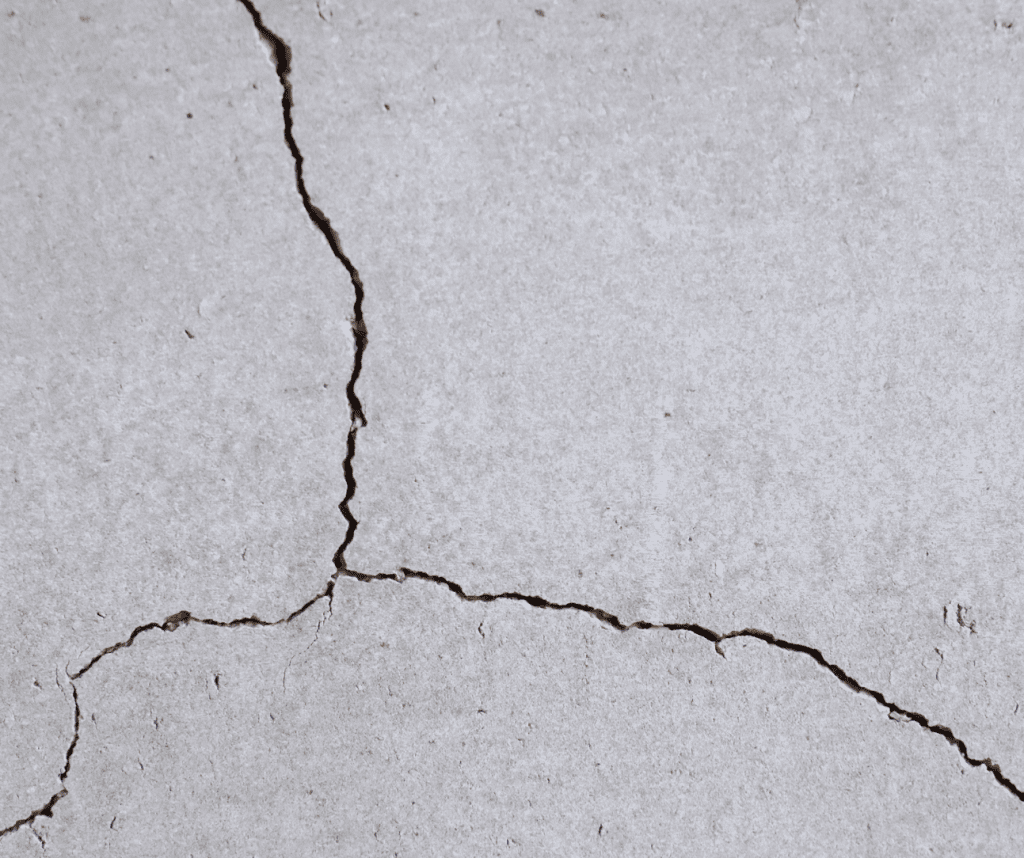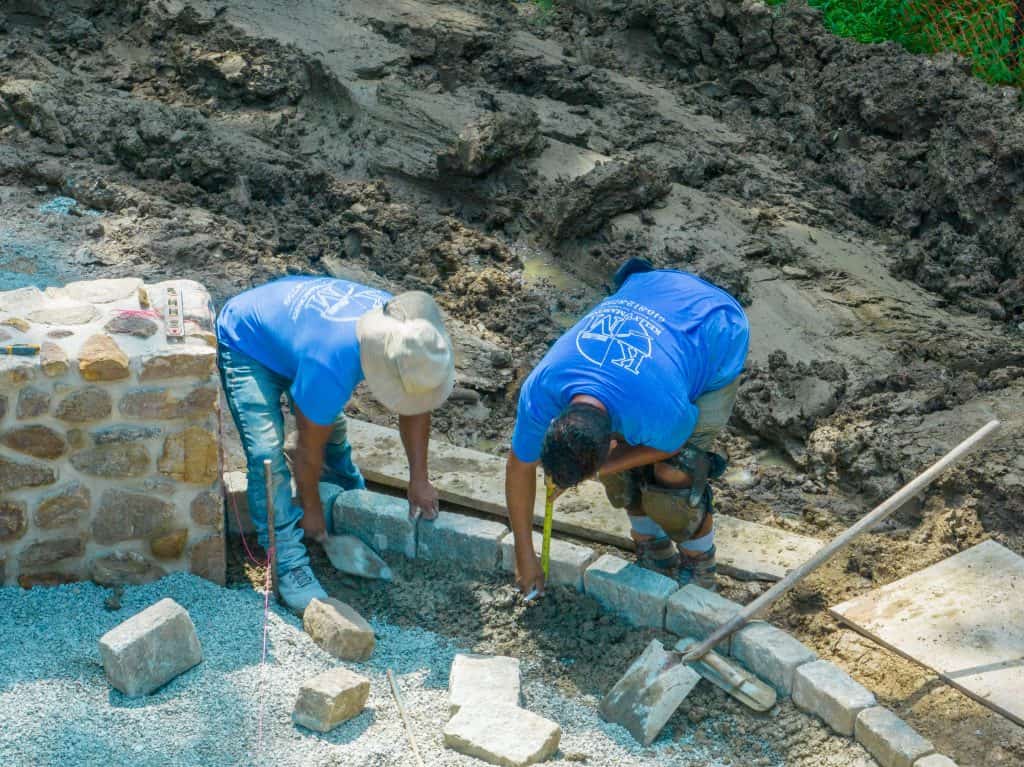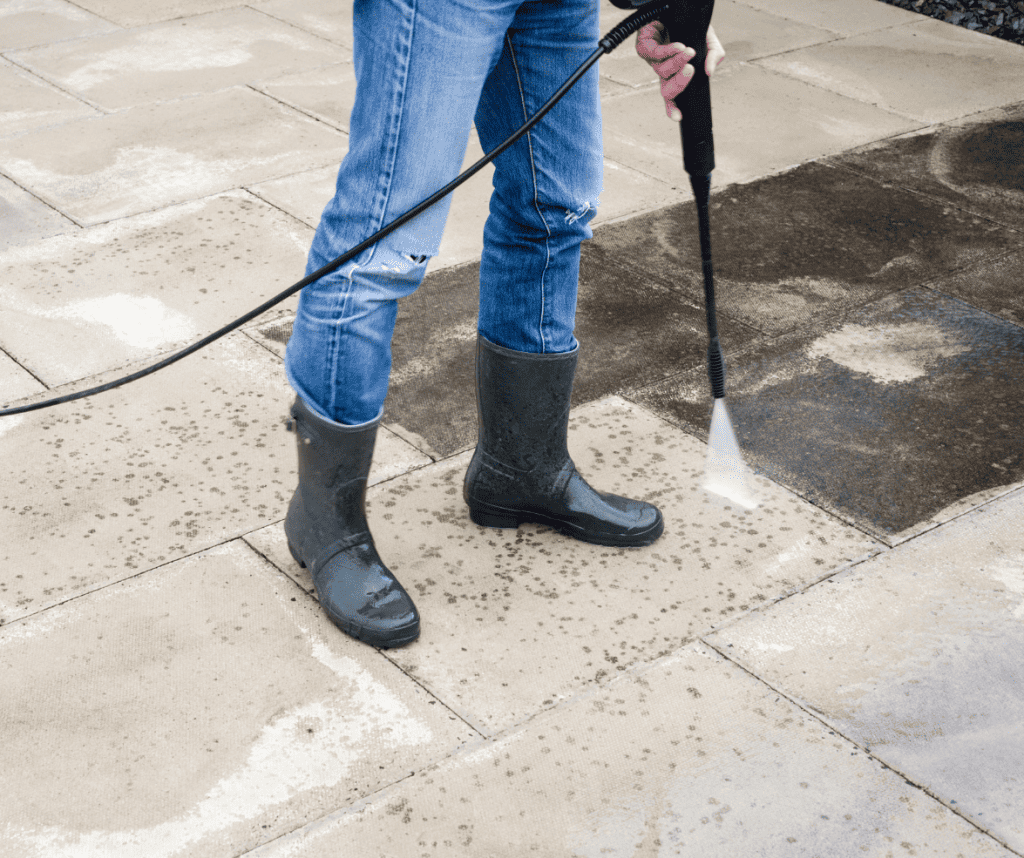A patio is a great addition to any home. It provides a space for outdoor entertaining, relaxing, and enjoying the fresh air. But if your patio is not built correctly, it can develop cracks that can be both unsightly and dangerous.
Patio cracking is a common problem, but it is one that can be avoided with proper design and construction. This article will provide you with a list of dos and don’ts to help you avoid patio cracking.

Dos:
1. Begin with a solid foundation
Before you start building your patio, ensure that the area is level and the soil is compacted. A good foundation will prevent patio cracks from forming due to shifting soil or settlement. A properly designed and constructed patio will be smooth, with no low spots that can collect water. Be sure to use building codes and follow the recommendations of your local building department when designing and constructing your patio.
If you live in an area with a lot of clay in the soil, it is important to have a professional evaluate the soil before you start to build. Clay soils expand and contract with changes in moisture content, which can cause cracks in concrete or asphalt surfaces. If you have a clay soil, you may need to install a drainage system to remove excess water and prevent the soil from becoming saturated.
2. Use high-quality materials
Invest in high-quality materials such as reinforced steel, good-quality concrete, and strong pavers or flagstone. A well-built patio with a proper base will last longer and be less prone to cracking.
It is vital to select the right base material when installing a paver patio, walkway, driveway, or retaining wall. Utilizing the wrong type of base can lead to significant problems such as cracking and movement of the pavers. Different types of base materials have different benefits and drawbacks, so it’s important to be aware of this before starting any project. Professionals will take into account the application and type of pavers before choosing their base material in order to avoid these issues.
When it comes to installing pavers, never skimp on one of the most fundamental steps: prepping the substrate. Do not lay pavers directly onto dirt or soil – though this may seem like a shortcut, it will result in an unreliable base that won’t last long and can easily shift, become uneven, swell or sink due to poor water drainage capacity. Experts suggest preparing your paver base with appropriate materials for best results. Although some installers may offer cheaper rates by proposing simpler measures like installing pavers on dirt, such shortcuts come at the cost of lasting quality.

3. Provide proper drainage
Water can cause significant damage to your patio, so it’s essential to provide proper drainage to prevent water from pooling on the surface. Make sure that the grade of the patio slopes away from your home’s foundation and that it has adequate drainage.
The hard surfaces of a patio or path can cause water runoff issues. To fix these, one solution is to install a swale or French drain that will divert the water away from the property and into an area where it won’t cause harm. If you’re unable to divert water to another spot on your property, set up a dry well which will collect and disperse the water slowly back into the soil. Both solutions are subject to local codes and regulations; however, even if there are currently no issues in your yard, you can proactively put in gravel-lined trenches around the patio to avoid any potential problems in the future.
4. Allow for expansion joints
Concrete expands and shrinks with the temperature changes throughout the year. Install expansion joints to allow the concrete to move freely without cracking. These are usually made of plastic, metal, or rubber.
Concrete expansion joints are necessary for any concrete slab to remain stable. There’s a common misconception that concrete is a solid, immobile material, but it’s actually responsive to temperature changes and to movement of the earth. Expansion joints ensure that there’s space built into the concrete in order to allow for movement, which reduces the pressure and stress put on the material which can otherwise lead to cracking or buckling. Therefore, control joints are necessary components of pavement maintenance protocols.
5. Seal the surface
Protect the surface of your patio with a high-quality sealant. A sealer will protect it from stains, weathering, and UV damage.
Without any sealant, masonry can stand the test of time. But to make it look great and increase its longevity, applying a good quality sealer every three to five years is recommended. This is imperative if you have stained or etched concrete surfaces on your home’s driveway or patio. Additionally, if you live in an area with high salinity levels due to winter road salt, sealing your patio is suggested for further protection.

Don’ts:
1. Build your patio over tree roots
Ensure that you do not build the patio over tree roots, which can cause the patio to crack over time.
2. Skimp on thickness
Do not try to cut corners and make your patio thinner than recommended. The thickness of the patio should be at least four inches for a strong foundation.
3. Overload the surface
Do not exceed the weight capacity of your patio. Heavy objects like hot tubs, statues, and furniture can cause the surface to crack.
4. Ignore maintenance
Do not neglect the maintenance of your patio. Perform regular checks for any signs of cracks, wear and tear or damage, and repair them immediately to prevent further damage.

5. Rush construction
Do not rush the construction of your patio. Take your time and ensure that everything is done correctly. It is better to take a bit longer to construct the patio than to compromise on the quality of the work.
Don’t Let Patio Cracks Ruin The Look Of Your Yard
By following these dos and don’ts, you can prevent patio cracking and increase the lifespan of your patio. Proper planning, a strong foundation, high-quality materials, and regular maintenance will ensure that your patio can stand the test of time.
If you’re interested in a new patio but would like to hire professionals to ensure your outdoor living space is properly installed, give us a call!
